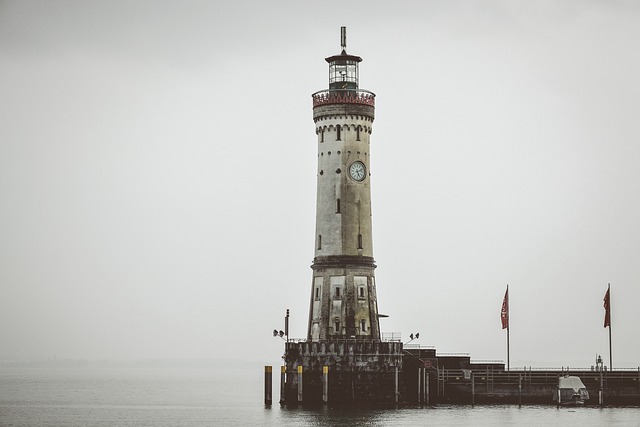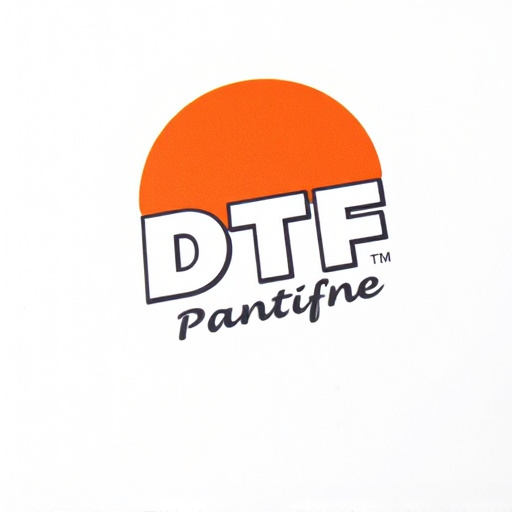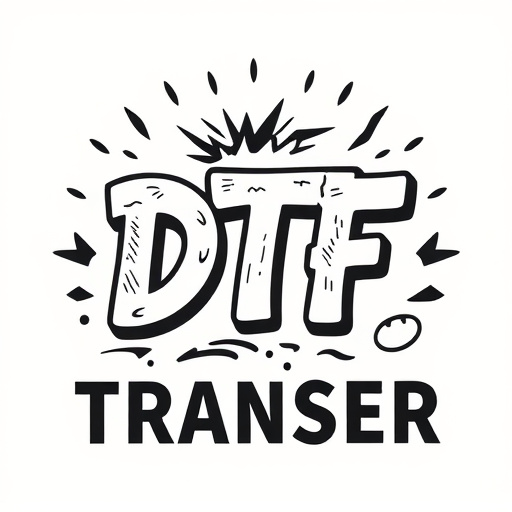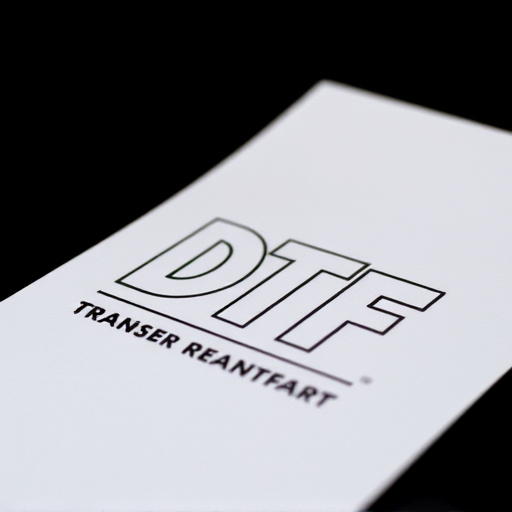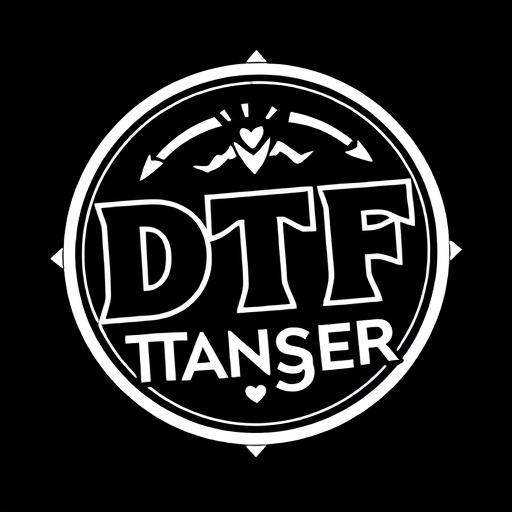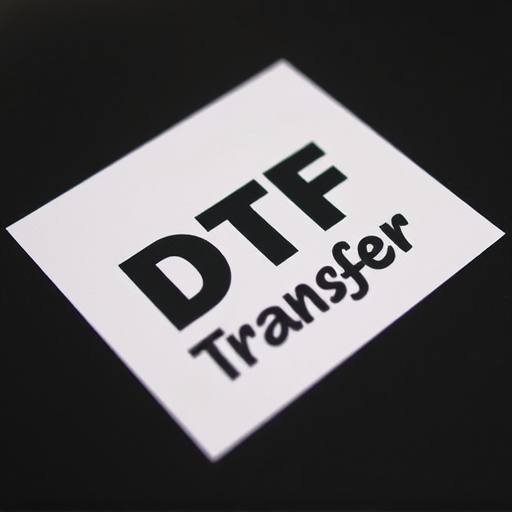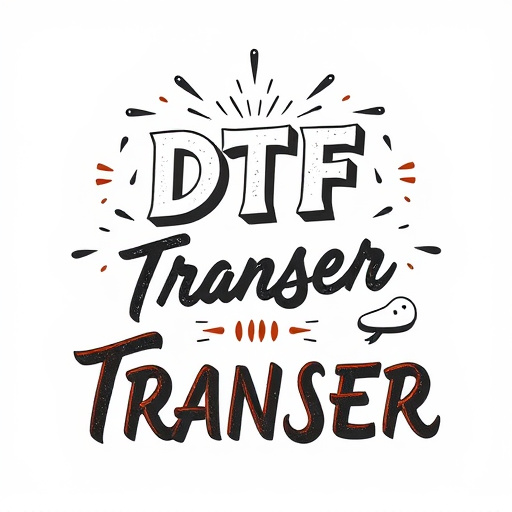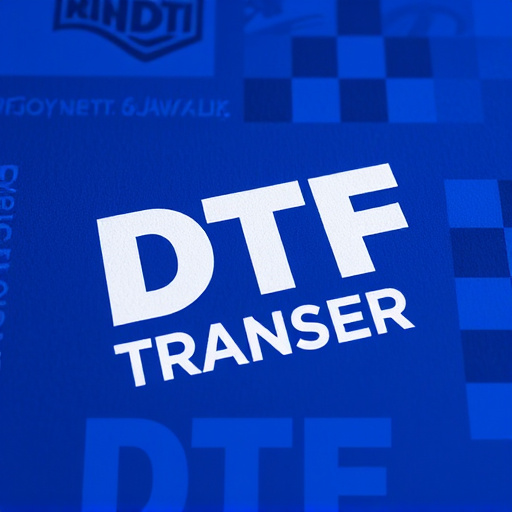Direct-to-Film (DTF) transfer technology is a revolutionary process that captures and reproduces intricate design elements from film sources with exceptional clarity. By eliminating intermediate steps, DTF provides high-resolution negatives preserving every detail, ideal for visual effects enhancement, film restoration, or creating custom graphics. This innovative approach leverages specialized equipment, precise heat application, and advanced software to capture complex patterns, textures, and linework accurately. DTF transfers are sought after in fashion, architecture, and various industries for their unparalleled accuracy and clarity. Future prospects look bright with technological advancements aiming to democratize high-quality film preservation, though challenges in equipment accessibility and color consistency remain.
“Unveiling the Future of Film Transfers: Mastering Intricate Designs with DTF
The evolution of film transfer technology has reached a pivotal point with Digital On-Glass (DTF) transfers, offering unparalleled precision in preserving intricate design elements. This innovative process revolutionizes how we digitize and recreate visual art, ensuring every detail is accurately captured. From its foundational concepts to real-world applications, this article explores DTF’s advantages, technical nuances, and its profound impact across various industries.”
- Understanding DTF Transfer: A Brief Overview
- Advantages of DTF for Preserving Intricate Designs
- The Process: From Original to Digital Master
- Technical Considerations for Optimal Results
- Real-World Applications: Industries Benefiting from DTF
- Future Prospects and Challenges in DTF Technology
Understanding DTF Transfer: A Brief Overview

The DTF (Direct-to-Film) transfer process is a cutting-edge technique revolutionizing the way intricate design elements are captured and reproduced in films. Unlike traditional methods, DTF eliminates the need for intermediate steps, allowing for an incredibly detailed and accurate replication of visual complexities. This innovative approach involves directly exposing film emulsion onto a digital sensor, resulting in a high-resolution negative that preserves every nuance of the original content.
By utilizing specialized equipment and precise techniques, DTF transfers can capture intricate patterns, fine lines, and subtle textures with remarkable clarity. This is particularly advantageous for enhancing visual effects, restoring older films, or creating custom graphics where minute details are essential. The process offers a game-changer solution for filmmakers, artists, and restaurators seeking to bring their creative visions to life with unprecedented fidelity.
Advantages of DTF for Preserving Intricate Designs
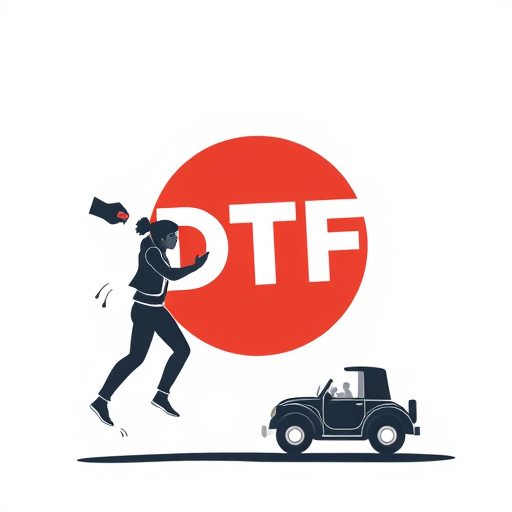
The Digital Thermal Transfer (DTF) process offers significant advantages when it comes to preserving intricate design elements in film transfers. Unlike traditional analog methods, DTF captures fine details with exceptional clarity and precision. This is particularly beneficial for complex patterns, textures, and linework that might be lost or distorted in lower-resolution scans.
By utilizing specialized equipment and precise heat application, DTF reproduces the original film’s nuances accurately. This ensures that the intricate designs, whether they are fine art, architecture, or vintage graphics, remain faithful to the source material. As a result, DTF transfers provide a superior level of detail preservation, making them an ideal choice for professionals working with delicate visual elements.
The Process: From Original to Digital Master

The process of achieving a high-fidelity digital master from an original film, often referred to as a DTF (Digital Transfer Format) transfer, involves several meticulous steps. It begins with the careful preparation of the source material—whether it’s a 35mm negative or a vintage print—to ensure optimal image quality. This includes cleaning and repairing any damaged areas to maintain the integrity of the original design elements.
Once ready, the film is scanned using specialized equipment at high resolutions, capturing every intricate detail. These scans are then color-corrected and graded to match the intended aesthetic vision, preserving the director’s artistic intention. Advanced software processes these images, enhancing fine details and ensuring a precise digital representation of the original film’s aesthetics.
Technical Considerations for Optimal Results

When performing a DTF (Direct to Film) transfer, several technical considerations come into play to ensure optimal results. The first step is understanding the source material’s resolution and color depth. High-quality sources with intricate design elements require a correspondingly high resolution for accurate reproduction. This ensures that every detail, from fine lines to subtle colors, can be captured without loss or distortion.
Additionally, choosing the right film stock tailored to the project’s needs is vital. Different films have unique characteristics affecting contrast, grain structure, and dynamic range. For intricate designs, a film with excellent clarity and fine grain can capture complex details more effectively. Proper exposure settings and careful monitoring during the transfer process are also essential to prevent overexposure or underexposure, which can negatively impact the final image’s quality.
Real-World Applications: Industries Benefiting from DTF
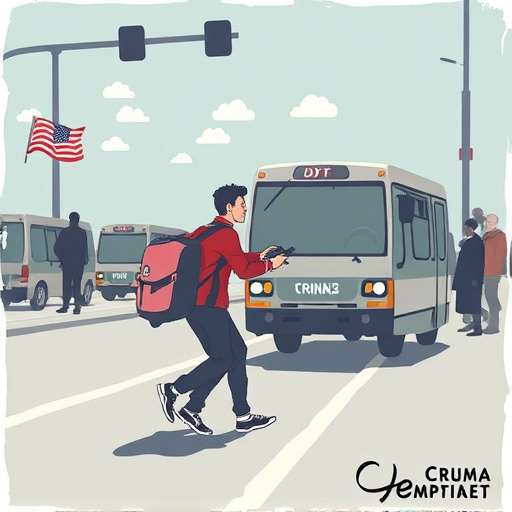
In various industries, the capabilities of DTF (Direct to Film) transfers prove invaluable for showcasing intricate design elements with remarkable accuracy and clarity. For instance, in the fashion industry, DTF allows designers to reproduce detailed textile patterns and intricate embroidery on clothing, ensuring a perfect visual representation of their creative vision. This technology is also revolutionizing packaging design, enabling printers to create eye-catching packaging with subtle textures, gradient effects, and delicate line work that capture consumers’ attention.
Moreover, the architecture and construction sectors benefit from DTF transfers in creating realistic renderings of buildings, structures, and landscapes. Architects can showcase intricate architectural details, such as ornate facades and complex structural elements, on a large scale, aiding in client presentations and design reviews. This level of precision and detail enhancement makes DTF transfers an indispensable tool for professionals across multiple fields, elevating their creative output to new heights.
Future Prospects and Challenges in DTF Technology

The future of Digital Film Transfer (DFT) looks promising, with advancements in technology pushing the boundaries of what’s possible. As demand for high-quality preservation and restoration continues to grow, DTF transfers are expected to become more accessible and cost-effective. Innovations in scanning techniques, resolution, and color accuracy will enable filmmakers and archivists to capture intricate design elements with remarkable detail. This could revolutionize not only film restoration but also digital content creation, offering new opportunities for artists to explore and recreate vintage aesthetics.
However, challenges remain. One significant hurdle is the ongoing need for substantial investment in specialized equipment and expertise. While technology has advanced, high-quality DTF still requires sophisticated hardware and skilled technicians. Additionally, ensuring color consistency across different devices and platforms remains a complex task. As DTF gains traction, addressing these challenges will be crucial to unlocking its full potential and making it a go-to solution for preserving and presenting films with intricate designs.

